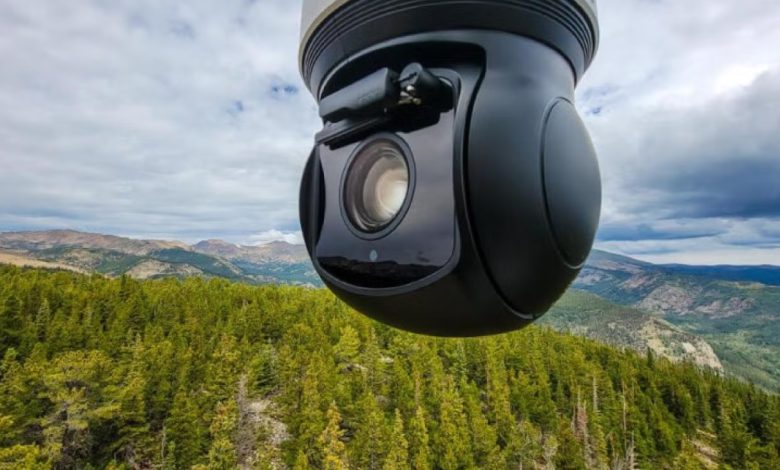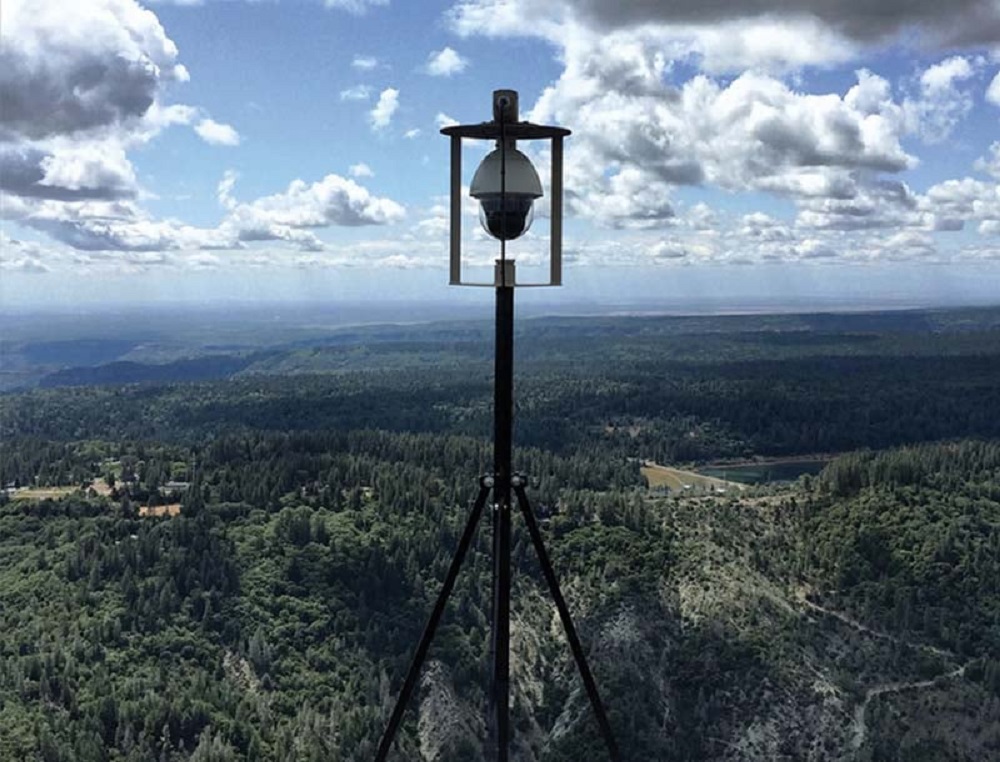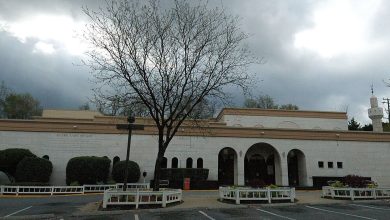New York City Deploys AI-Powered Cameras to Combat Growing Wildfire Threat
FDNY launches cutting-edge wildfire detection system using solar-powered AI cameras to protect urban parks and strengthen public safety amid rising fire risks.

New York City is taking a proactive stance against the growing threat of wildfires by deploying advanced AI-powered cameras throughout its vast park systems. This innovative initiative by the Fire Department of New York (FDNY) aims to detect emerging fires much faster, providing an early warning system that enables rapid response and containment before fires escalate and cause severe damage to urban green spaces and surrounding communities.
The rollout comes at a critical time, following a rise in wildfire incidents and evolving environmental conditions that make even urban forests vulnerable to rapid fire spread. By integrating advanced technology, the city hopes to protect its natural resources and enhance public safety across all five boroughs.
The newly installed devices are solar-powered cameras strategically placed in various city parks. These cameras use sophisticated AI algorithms designed to identify subtle signs of smoke and flames in real time—especially valuable in remote or hard-to-access areas where traditional monitoring may be delayed. Once a fire is detected, live footage is instantly transmitted to the FDNY’s central command center, allowing for immediate assessment and dispatch of fire units.
AI Cameras Strengthen New York’s Fire Defense Strategy
Among the first sites to benefit from this technological upgrade are notable green spaces such as Van Cortlandt Park in the Bronx, Highbridge Park in Manhattan, and Marine Park Golf Course in Brooklyn. These diverse locations highlight both the broad application and necessity of such a system across New York’s varied landscapes.
An FDNY spokesperson emphasized the transformative potential of this technology:“These cameras act as an early warning system, exceptionally capable of identifying smoke or flame activity in real time, even in high-risk or isolated areas,” the commissioner stated. “Our goal is to use innovative tools to protect our neighborhoods and dedicated personnel, ensuring we can detect and extinguish fires faster—before they spread.” This strategic shift toward preventative technology is a direct response to the escalating challenges of climate change and its impact on urban environments.
The urgency for such measures is clear. Last year saw an unprecedented surge in wildfires across the city, causing significant damage to dozens of parks and prompting the City Council to develop new, comprehensive wildfire response strategies. Experts attribute these conditions to changing weather patterns, extended dry periods, and drought—factors that have left even well-maintained urban greenery vulnerable to fast-moving fires.

New York Expands AI Fire Detection as Statewide Burn Ban Takes Effect
Coinciding with the system’s rollout, a statewide burn ban was recently implemented earlier this month due to persistently dry and windy weather, which significantly heightens wildfire risks across the wider region. The combination of environmental vulnerability and rising awareness makes the AI camera system a vital addition to the city’s fire safety infrastructure.
The FDNY also confirmed it is actively assessing additional park sites across the city for future camera installations, signaling a planned expansion of this crucial safety network. While technology plays a central role, public vigilance remains essential. Residents are strongly urged to exercise extreme caution when handling open flames, properly dispose of cigarettes, and, most importantly, call 911 at the first sign of fire to help emergency services respond swiftly and effectively.
This forward-looking initiative marks a major leap in New York City’s efforts to bolster urban resilience and safeguard its vital green spaces—leveraging artificial intelligence to build a safer, more responsive environment for all residents.



